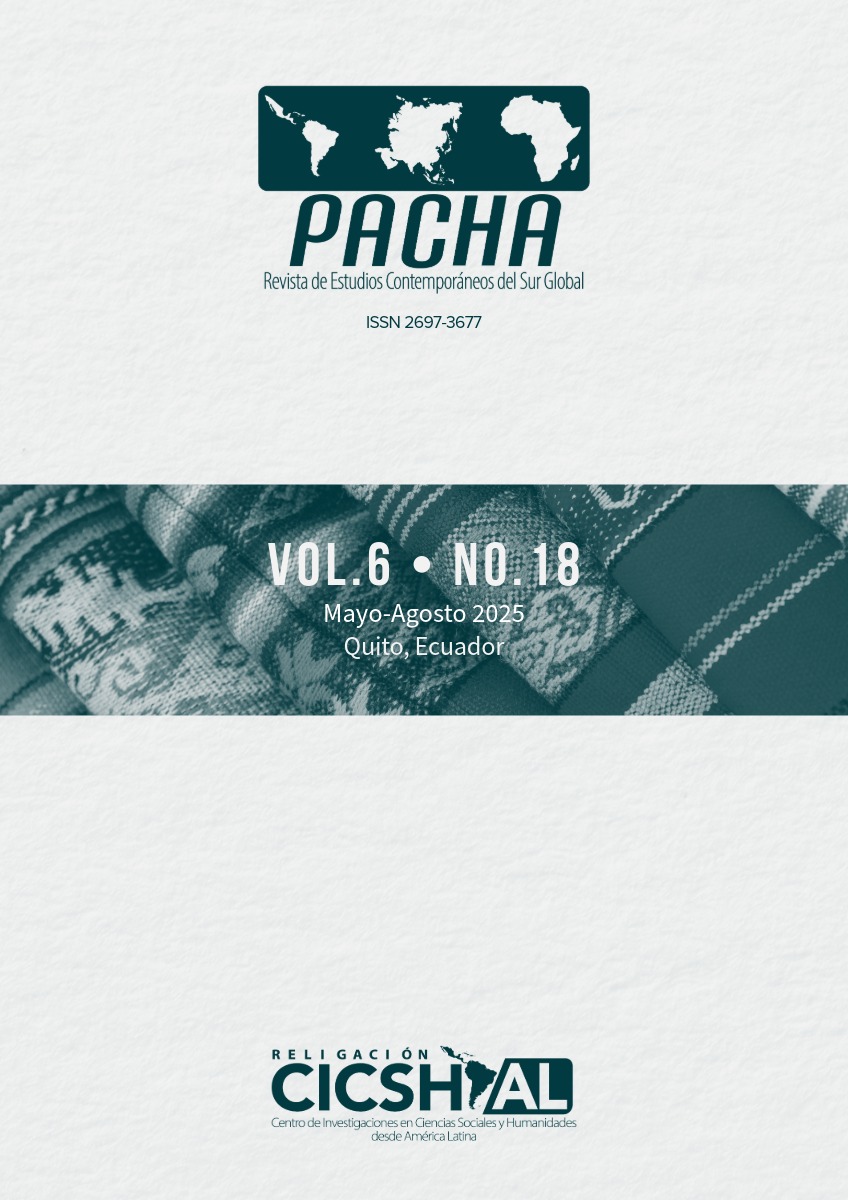Abstract
Digital communication is essential for the construction sector in Cuenca, as industry associations use it to inform, promote, and consolidate their leadership. In this context, this research focused on understanding the current state of digital communication in the construction industry in the city of Cuenca and analyzing the effectiveness of digital communication on stakeholders to determine the most effective strategies to promote and build relationships with the community. However, the underutilization of all communication channels and the dissemination of irrelevant content limit the impact and business opportunities. This research, used a mixed methodology, combining qualitative and quantitative methods of a relational, observational, and cross-sectional nature, focused on analyzing the relationship between digital communication strategies and their effectiveness within the industry association. Expert interviews, surveys of association members, and social media observation were conducted to evaluate the impact and interaction with stakeholders. In conclusion, effective digital communication is vital for industry associations to achieve better positioning and take advantage of new opportunities in the field of communication.
References
Bernal, A. (2022). La comunicación estratégica en las organizaciones. ESIC Editorial.
Bernan, A. (2022). La comunicación estratégica en las organizaciones. ESIC Editorial.
Boyd, D., & Ellison, N. (2019). Social Network Sites: Definition, History, and Scholarship. In J. Hunsinger, L. Klastrup, & M. Allen, (eds.). The International Encyclopedia of Digital Communication and Society (pp. 1-11). John Wiley & Sons, Inc.
Bryman, A. (2016). Social Research Methods. Oxford University Press.
Castells, M. (2018). Redes de indignación y esperanza: Los movimientos sociales en la era de Internet. Siglo XXI Editores.
Castillo, E. (2023). Métodos de investigación: Una guía para investigadores. Editorial Universitaria.
Chadwick, A. (2020). Digital marketing: Strategy, planning and implementation. Kogan Page.
Ciesielska, M., Jemielniak, D., & Jørgensen, P. (2017). Qualitative Methodologies in Organization Studies. Springer.
Costa, J. (2021). Comunicación estratégica: Claves para la gestión eficaz de la comunicación en las organizaciones. UOC.
Fuente, O. (2022, 19 de agosto). ¿Qué es el Marketing Digital? Definición, herramientas y ejemplos. IEBS. https://lc.cx/n4zrZw
González, A. H. (2023). Guía de entrevistas estructuradas: un enfoque práctico para la recolección de datos. Evalarat. https://evalart.com/
Haenlein, M., & Kaplan, A. (2021). Users of the world, unite! The challenges and opportunities of social media. Business Horizons, 53(1), 153-160.
Hernández Sampieri, R. (2023). Metodología de la investigación: Las rutas cuantitativa, cualitativa y mixta. McGraw Hill.
Kaplan, A., & Haenlein, M. (2019). The future of online advertising: Where are the publishers? International Journal of Advertising, 23(3), 9-10.
Kumar, V., & Mirchandani, R. (2023). Digital marketing analytics: Making sense of consumer data in a digital world. Springer.
Li, C., & Bernoff, J. (2019). Personalización en masa: Cómo los algoritmos están cambiando la relación entre las marcas y los consumidores. Harvard Business Review Press.
Li, X. e. (2020). Visual content and engagement on social media platforms. . Journal of Marketing Communications, 26(1-2), 175-194.
LibreTexts, S. S. (2021). Social Sci.
Madianou, M., & Miller, D. (2020). Política, movilización y comunicación en la era de las redes sociales. En D. Miller, & M. Madianou, (eds.). Política, Movilización y Comunicación en la Era de las Redes Sociales. Editorial Gedisa.
Perales, R., & Blanco, P. (2020). Métodos de observación en comunicación digital. Alianza Editorial.
Sarabia Andúgar, F. (2009). Relación entre la imagen de los medios de comunicación y la credibilidad de los receptores: Un estudio correlacional. Revista Latina de Comunicación Social, 64, 1–12.
Scolari, C. (2008). Hipermediaciones: Elementos para una teoría de la comunicación digital. Gedisa.
Segarra, D. (2020). La comunicación estratégica en la empresa. Pirámide.
Smith, G., & Zook, M. (2021). Interactivity and the flow of digital content. New Media & Society, 23(4).
Smith, P., & Duncan, W. (2022). Social media: The key to digital marketing. Routledge.
Stevens, G. (2019). Structured Observation Research: Understanding Behaviours. Academic Writing.
Tashakkori, A. &. (2003). Handbook of mixed methods in social & behavioral research. Sage Publications.
Turkle, S. (2017). Reclamando la conversación: El poder de hablar en la era digital. Penguin Books.

This work is licensed under a Creative Commons Attribution-NonCommercial-NoDerivatives 4.0 International License.
Copyright (c) 2025 Mónica Yadira Pulgarín Prado, Fabián Vladimir Argudo Palomeque




